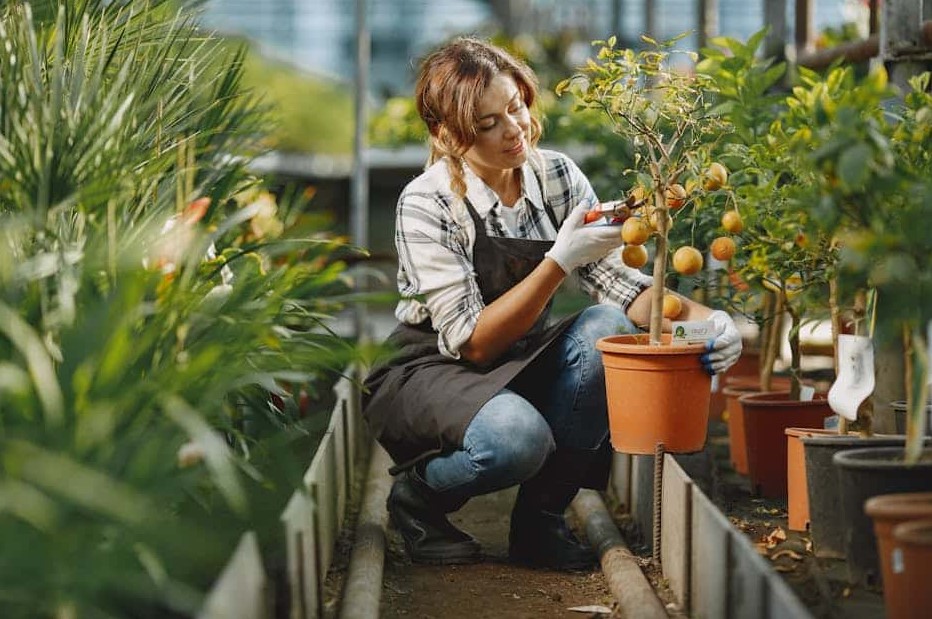

Pruning is an essential practice in the care and maintenance of fruit trees, playing a crucial role in promoting growth, enhancing fruit production, and maintaining overall tree health. After you get your fruit tree delivery, you should Master the art of pruning not only to improve the aesthetics of your orchard but also ensure the longevity and productivity of your fruit-bearing trees. In this guide, we’ll explore the principles and techniques of pruning to help you cultivate thriving fruit trees.
Understanding the Importance of Pruning
Pruning serves several vital purposes in the cultivation of fruit trees. Firstly, it removes dead, damaged, or diseased branches, reducing the risk of pests and diseases spreading throughout the tree. Additionally, pruning opens up the canopy, allowing sunlight and air to penetrate the tree’s interior, which is essential for proper fruit development and ripening.
Furthermore, strategic pruning encourages the growth of new shoots and branches, leading to a stronger tree structure and increased fruit-bearing capacity. By removing excess growth and shaping the tree’s canopy, pruning helps maintain a balance between vegetative growth and fruit production, resulting in larger, healthier fruits.
When to Prune Fruit Trees
The timing of pruning depends on the type of fruit tree and local climate conditions. In general, dormant pruning, performed during the tree’s dormant season in late winter or early spring, is ideal for most fruit trees. During this time, the tree is less susceptible to stress, and the absence of foliage allows for better visibility of the tree’s structure.
However, some fruit trees, such as peach and nectarine trees, benefit from summer pruning to control growth and shape the canopy. Summer pruning is typically done after the tree has finished fruiting, allowing ample time for new growth to mature before the onset of winter.
Pruning Techniques for Fruit Trees
When pruning fruit trees, it’s essential to use sharp, clean tools to make precise cuts and minimize damage to the tree. Begin by removing any dead, diseased, or crossing branches, making cuts just outside the branch collar to promote healing. Next, thin out crowded areas of the canopy to improve airflow and sunlight penetration, focusing on removing inward-growing branches and water sprouts.
Additionally, consider the natural growth habit of the tree when pruning. For example, apple and pear trees are often trained using the central leader or modified central leader system, where a single dominant trunk is encouraged to grow vertically, with lateral branches spaced evenly along the trunk. Alternatively, open-center pruning is commonly used for peach and apricot trees, creating a vase-like shape with an open canopy.
Regular Maintenance and Care
Pruning is not a one-time task but rather an ongoing process that requires regular maintenance and attention. Periodic pruning throughout the tree’s life helps maintain its shape, control growth, and promote fruit production. Additionally, proper irrigation, fertilization, and pest management are essential components of fruit tree care, ensuring optimal health and productivity.
In conclusion, pruning is a fundamental aspect of fruit tree maintenance that contributes to the overall health, vigor, and productivity of the orchard. By understanding the principles and techniques of pruning and incorporating regular maintenance into your gardening routine, you can nurture thriving fruit trees that yield abundant harvests for years to come.







